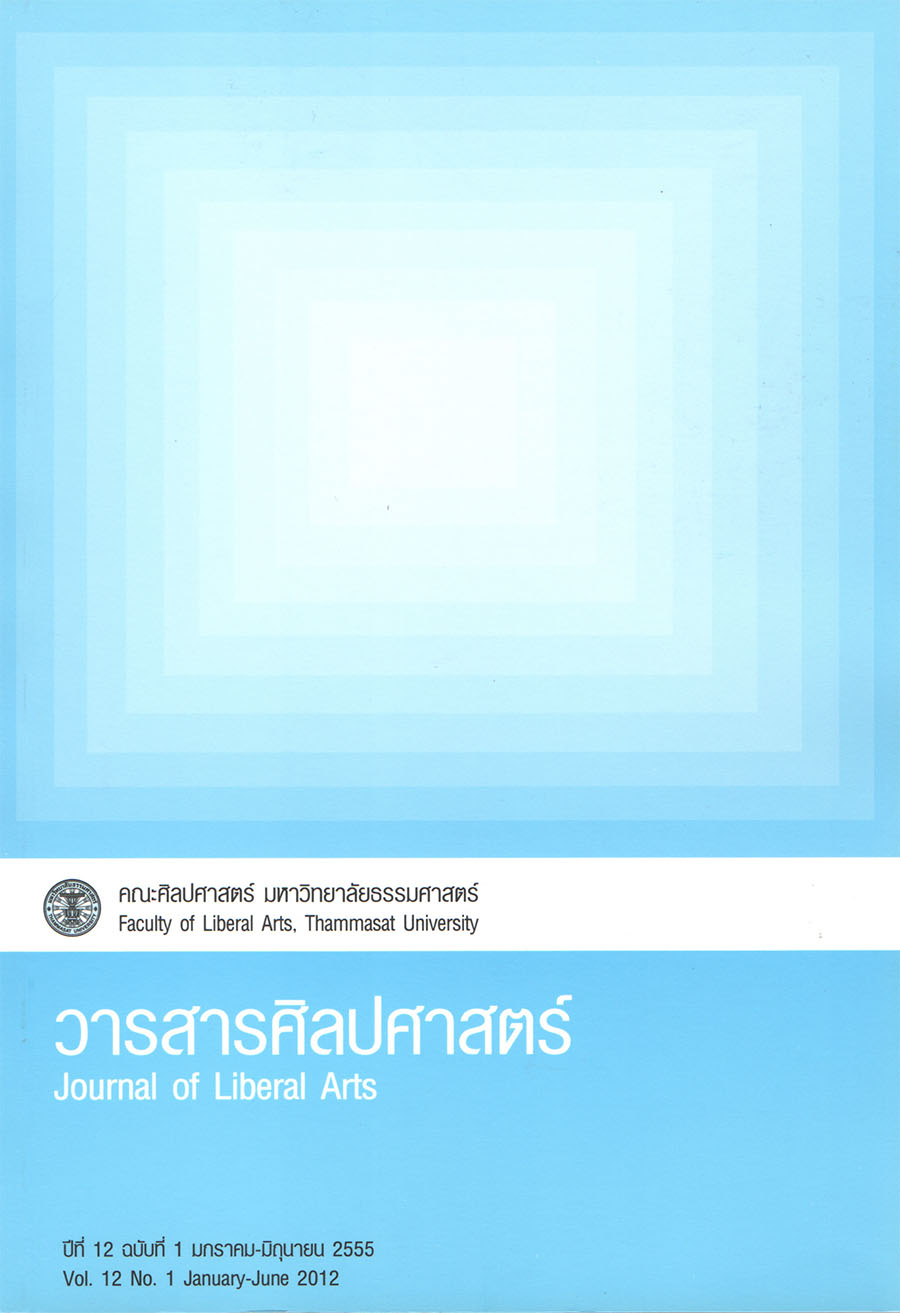มองความหมาย "มรดกทางวัฒนธรรม" ผ่านพื้นที่พิพิธภัณฑ์ กรณีการจัดการมรดกทางวัฒนธรรมจังหวัดลำพูน
Main Article Content
บทคัดย่อ
บทความนี้ศึกษาการนิยามความหมายให้กับอดีตลำพูน เพื่อพยายามทำความเข้าใจว่าเรื่องเล่าในพื้นที่พิพิธภัณฑ์ในท้องถิ่นได้สะท้อนความคิดหรือการรับรู้ของผู้คนต่ออดีตลำพูนในลักษณะใดบ้าง โดยศึกษาจากพิพิธภัณฑ์ในลำพูน 4 แห่ง คือ (1) พิพิธภัณฑ์สถานแห่งชาติ หริภุญไชย (2) พิพิธภัณฑ์ ชุมชนเมืองลำพูน (3) พิพิธภัณฑ์บริขารพระครูบาเจ้าศรีวิชัย และ (4) พิพิธภัณฑ์พื้นบ้านวัดต้นแก้ว ผลการศึกษาพบว่าแม้การรับรู้ต่ออดีตที่ปรากฏอยู่ในพิพิธภัณฑ์แต่ละแห่งจะให้น้ำหนักกับเหตุการณ์และช่วงเวลาที่แตกต่างกันออกไป แต่มีข้อค้นพบถึงความสัมพันธ์ระหว่างเบื้องหลังวิธีคิดกับการรับรู้ต่ออดีตและการนิยามถึงมรดกทางวัฒนธรรมในแต่ละพิพิธภัณฑ์อยู่ 2 ประการ คือ
1) การรับรู้ต่ออดีตในพิพิธภัณฑ์แต่ละแห่งแสดงถึงการปะทะกันของสำนึกทางประวัติศาสตร์ 2 ด้าน ด้านหนึ่งมองลำพูนในฐานะการเป็นส่วนหนึ่งของชาติ โดยเฉพาะภายใต้กรอบทางประวัติศาสตร์ที่มีศูนย์กลางจากชาติ/ส่วนกลาง ในขณะที่อีกด้านหนึ่งคือสำนึกของท้องถิ่นที่พยายามเสนอมุมมองและการอธิบายเหตุการณ์ที่เกิดขึ้นในอดีตจากฝ่ายของท้องถิ่น
2) การนิยามเกี่ยวกับมรดกทางวัฒนธรรมในพิพิธภัณฑ์แต่ละแห่งเป็นพื้นที่ที่เปิดกว้างให้กับท้องถิ่นที่จะเสนอ “อดีต” ที่ท้องถิ่นเห็นว่าสำคัญ ซึ่งไม่จำเป็นต้องเสนออดีตแบบเดียวกับที่ชาติเสนอหรือให้คุณค่า กระนั้นพื้นที่ดังกล่าวก็ไม่ได้เข้าลักษณะของทวิลักษณ์ระหว่าง ชาติ-ท้องถิ่นเท่านั้น แต่ยังขยายไปสู่มิติที่สัมพันธ์กับบริบทและเงื่อนไขทางสังคม วัฒนธรรม และเศรษฐกิจในปัจจุบันด้วยเช่นกัน อาทิการท่องเที่ยว การเมืองท้องถิ่น นโยบายของรัฐ และชาติพันธุ์
This paper is a study of the definitions of the past of Lamphun. Its main objective is to address the question of how the narratives in the selectes museums in Lamphun reflect the public’s thoughts and perceptions of Lamphun. These museums are (1) Hariphumjaya National Museum (2) Urban Lamphun Community Museum (3) Venerable ‘Kru Ba’ Srivijaya Museum (4) Wat Ton Kaew Museum. Although the findings indicate that the perceptions of the past in each museum has different emphasis on the past events and periods, they share two underlying principles regarding what constitutes as the past and how to define cultural heritage.
(1) The perception of the past in each museum indicates two different historiographies. One regards Lamphun as a part of the whole nation, particularly its connection with the centre. The other, on the contrary, sees it in terms of local dynamism, or “Lamphun on its own”
(2) What constitutes as cultural heritage in each museum are liberally defined by the locals. It is true that although their constructions of the “past” are not necessarily the same as the past seen by the centre, the spaces in question do not solely fit into the dichotomy between ‘the nation vs the local’. Current social, cultural, and economical contexts are very much in play. Notable factors include tourism, local politics, state policies, and ethnicity.


